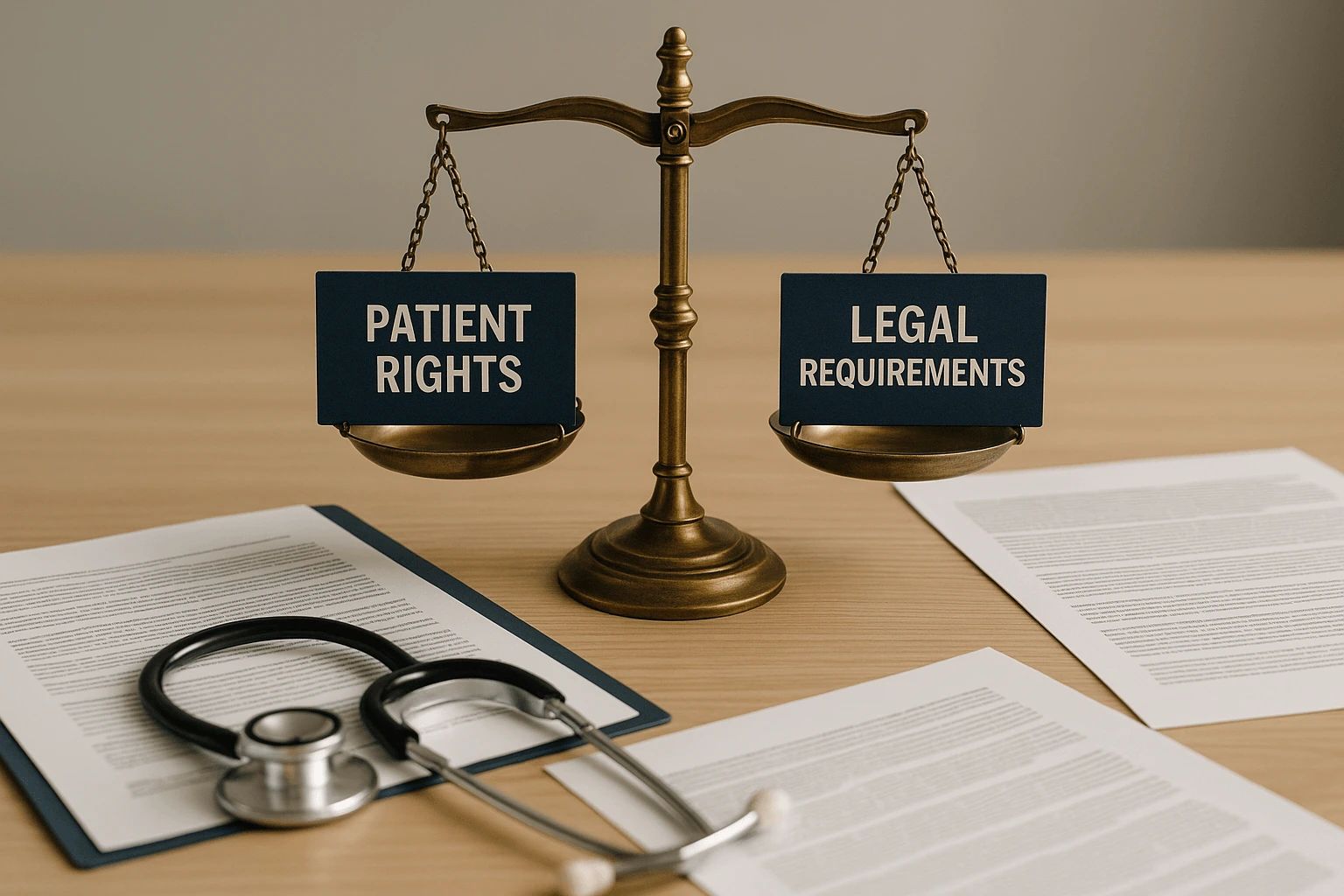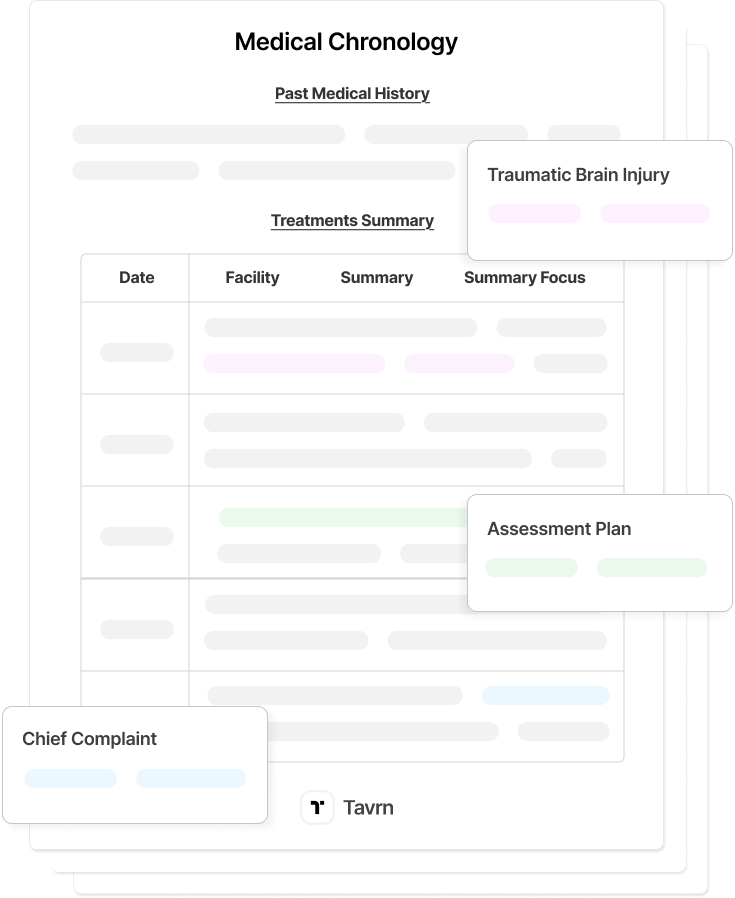The Camp Lejeune Justice Act established a specialized legal framework that enables previously time-barred claims for toxic exposure resulting from water contamination between 1953 and 1987.
Legal professionals handling these cases must navigate complex eligibility requirements, documentation challenges, and a dual-track resolution system that fundamentally differs from traditional mass tort litigation.
Mass tort practitioners encounter unique procedural requirements and evidence standards that require careful case preparation and client screening.
The mandatory administrative exhaustion process, fixed settlement tiers, and statutory fee caps create strategic considerations that impact case selection and resource allocation decisions.
Critical Eligibility Requirements for Client Screening
Attorneys screening Camp Lejeune claims must verify specific eligibility criteria established by federal law before committing resources to case development. The screening process requires documented presence at Marine Corps Base Camp Lejeune or Marine Corps Air Station New River for at least 30 days between August 1953 and December 1987.
The 30-day minimum presence requirement can be cumulative rather than consecutive, allowing attorneys to aggregate shorter periods of base residence or employment.
Eligible individuals include:
- Veterans, reservists, and National Guard members
- Family members who lived on base
- Civilian employees
- Those with in utero exposure
This expanded eligibility creates opportunities for comprehensive family claims when multiple household members develop qualifying conditions.
Essential Documentation Requirements
Successful Camp Lejeune claims require comprehensive documentation proving both base presence and medical diagnosis. Examples include:
- Military service records (DD214)
- Base housing records
- Military orders
- Base residence utility bills
- Tax forms showing base address
- Employment records for civilian workers
Missing documentation presents the most frequent obstacle in case preparation. Attorneys can overcome documentation gaps through sworn affidavits from fellow service members, secondary evidence including utility bills and tax returns, and formal records reconstruction requests with the National Personnel Records Center.
Medical documentation requirements include comprehensive records showing diagnosis dates, complete treatment history, diagnostic test results, and current medical status. The documentation must establish clear diagnostic criteria and treatment timelines that support causation arguments.
Qualifying Medical Conditions and Compensation Tiers
The Department of Veterans Affairs recognizes specific medical conditions for Camp Lejeune exposure claims, with eight conditions receiving presumptive disability compensation status:
- Adult leukemia
- Aplastic anemia and other myelodysplastic syndromes
- Bladder cancer
- Kidney cancer
- Liver cancer
- Multiple myeloma
- Non-Hodgkin's lymphoma
- Parkinson's disease
These presumptive conditions significantly ease causation burdens for attorneys, as claimants need only establish qualifying exposure and a proper medical diagnosis.
The VA also provides health care coverage for 15 total conditions, adding breast cancer, esophageal cancer, female infertility, hepatic steatosis, lung cancer, miscarriage, neurobehavioral effects, renal toxicity, and scleroderma.
Fixed Settlement Structure Under Elective Option
The Department of Justice established fixed compensation tiers through the Elective Option that provide predictable settlement values based on exposure duration and condition severity.
Tier 1 Conditions: (bladder cancer, kidney cancer, leukemia, liver cancer, non-Hodgkin's lymphoma):
- Less than 1 year exposure: $150,000
- 1-5 years exposure: $300,000
- Over 5 years exposure: $450,000
Tier 2 Conditions (end-stage renal disease, multiple myeloma):
- Less than 1 year exposure: $100,000
- 1-5 years exposure: $250,000
- Over 5 years exposure: $400,000
Death claims receive an additional $100,000, with maximum Elective Option settlements capped at $550,000.
These fixed amounts allow attorneys to set clear client expectations and evaluate case economics against the 20% statutory fee cap for administrative settlements.
Procedural Framework and Filing Requirements
The Camp Lejeune Justice Act established mandatory administrative exhaustion requirements that attorneys must complete before filing federal court litigation. The administrative claims deadline passed on August 10, 2024, and new claims are no longer accepted by the Department of the Navy.
Attorneys can now only pursue federal court actions for clients who timely filed administrative claims. The federal court filing window provides 180 days from administrative claim denial or six months after administrative filing if no decision is rendered.
Exclusive Federal Jurisdiction and Case Management
The Camp Lejeune Justice Act grants exclusive jurisdiction to the U.S. District Court for the Eastern District of North Carolina. Only Plaintiffs' Lead Counsel and the United States may file in the Master Docket, requiring individual attorneys to coordinate through appointed leadership rather than filing independently.
This coordinated case management structure requires adjustment from traditional mass tort practice approaches. All individual lawsuits are currently on hold until the court selects certain plaintiffs for discovery and trial, with the first bellwether trials set for 2025.
The court implemented a three-phase discovery system:
- General causation (water contamination science)
- Specific causation (individual medical causation)
- Damages with government offsets
Cases are organized into tracks by illness type, with Track 1 including the most common conditions for coordinated bellwether trials.
Evidence Gathering and Causation Challenges
Attorneys must establish both general and specific causation through rigorous scientific evidence meeting Daubert admissibility standards. General causation establishes that Camp Lejeune contaminants are capable of causing the plaintiff's disease, while specific causation proves these contaminants actually caused the individual's condition.
The CDC/ATSDR Camp Lejeune Mortality Study provides statistically significant elevated mortality hazard ratios for kidney cancer (hazard ratio 1.35), adult leukemia, multiple myeloma, and Parkinson's disease.
This official documentation serves as gold standard evidence for general causation arguments.
Contamination Documentation and Expert Requirements
The EPA Superfund Site Profile documents contamination levels that exceeded safe drinking water standards by massive margins:
- Trichloroethylene up to 1,400 ppb (EPA limit: 5 ppb)
- Perchloroethylene up to 200 ppb (EPA limit: 5 ppb)
- Benzene up to 380 ppb (EPA limit: 5 ppb).
Courts require expert witnesses with advanced degrees in toxicology, epidemiology, environmental science, or relevant medical specialty, combined with peer-reviewed publications on relevant contaminants and demonstrated experience with exposure assessment.
The differential etiology methodology requires experts to systematically rule out other potential causes while establishing contamination exposure as the most likely cause.
The DOJ established a significantly lower burden of proof with the "at least as likely as not" standard (equipoise standard) rather than the typical tort law preponderance of evidence requirement. This reduced causation burden provides strategic advantages for attorneys familiar with environmental litigation standards.
Strategic Resolution Considerations
Camp Lejeune cases operate under a dual-track system that creates distinct strategic pathways:
- The Elective Option administrative track provides fixed settlements with 3-8 month resolution timelines.
- Federal litigation offers potentially higher recovery but requires 2-3+ years with uncertain outcomes.
Administrative claims carry a 20% maximum contingency fee, while federal court litigation allows 25% maximum fees. However, federal court awards are subject to mandatory offsets for VA disability benefits related to Camp Lejeune exposure, while Elective Option settlements avoid VA benefit offsets entirely.
Case Economics and Resource Allocation
The mandatory fee caps fundamentally alter typical contingency fee economics compared to standard mass tort practices. Attorneys must adjust case selection criteria and resource allocation strategies when evaluating whether to recommend administrative settlement or federal litigation for individual clients.
High-value cases with strong causation evidence and significant damages may justify federal litigation despite VA benefit offsets and extended timelines. Cases with clear eligibility but moderate damages often benefit from the Elective Option resolution that provides certainty and faster payment.
The coordination requirements through appointed lead counsel create additional considerations for firms without direct federal court filing privileges. Attorneys must establish relationships with qualified lead counsel or join litigation groups to effectively represent clients in federal proceedings.
Current Case Status and Timeline Expectations
The administrative filing deadline closure created a defined universe of potential claims, allowing for more accurate case volume projections and resource planning. Attorneys can focus on case development for clients with timely administrative filings rather than continued intake and screening activities.
Federal court discovery phases are progressing with general causation discovery substantially complete and specific causation discovery advancing toward bellwether trial selection. The court's track system prioritizes the most common conditions for initial trials, with results likely to influence broader settlement negotiations.
Resolution timelines vary significantly between tracks:
- Administrative Elective Option cases continue processing within 3-8 months for eligible claimants who accept fixed settlement amounts.
- Federal litigation timeline extends through discovery completion and bellwether trials, with comprehensive resolution likely requiring 2-3 additional years.
The coordination of thousands of individual cases through the Eastern District's management structure requires ongoing attention to procedural compliance and case development milestones. Attorneys must balance individual client needs with coordinated litigation strategy to achieve optimal outcomes across their Camp Lejeune case portfolios.





















.webp)
.webp)




















































